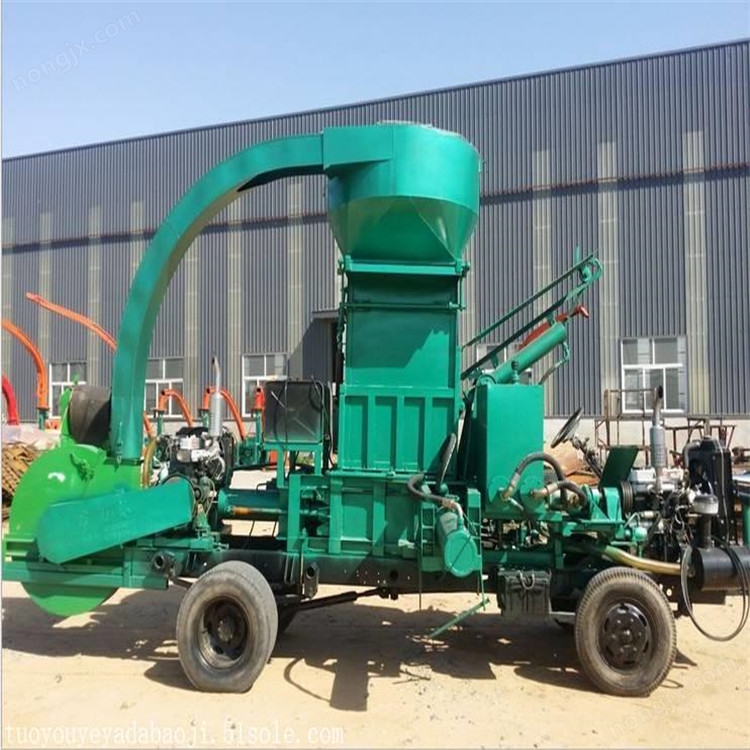Environmental protection model of air purification mode
With the accelerated development of industrialization and urbanization, air pollution has become a global environmental problem, which seriously threatens human health and social and economic development. In this context, it is particularly important to explore an effective air purification model and the environmental protection model behind it. The purpose of this paper is to explore how to promote environmental protection and achieve the goal of sustainable development by constructing a scientific and reasonable air purification model.
First, the importance of air purification mode
Air quality directly affects people's quality of life and health. High concentrations of pollutants such as PM2.5 and SO2 will not only aggravate the incidence of respiratory diseases, but also cause damage to the cardiovascular system. In addition, long-term exposure to polluted environment may increase the risk of cancer. Therefore, it is urgent to take effective measures to improve air quality.
Second, the key elements of building an air purification model
1. Source control: Reducing industrial emissions is one of the most direct and effective ways to control air pollution. The government should strengthen the supervision of heavily polluting enterprises, popularize cleaner production technology and encourage enterprises to adopt more environmentally friendly production processes.
2. Improve energy efficiency and optimize energy structure: accelerate the elimination of backward production capacity and promote energy conservation and emission reduction; At the same time, we will vigorously develop renewable energy sources such as wind energy and solar energy, gradually reduce the dependence on fossil fuels, and fundamentally reduce pollutant emissions.
3. Urban greening construction: afforestation can absorb carbon dioxide and release oxygen, which helps to purify the air. Urban planning should pay attention to increasing the area of green space, establishing ecological corridors and forming natural barriers to resist the invasion of foreign pollutants.
4. Raise public participation awareness: strengthen environmental education and guide citizens to develop a low-carbon lifestyle, such as using public transport instead of private cars to reduce the consumption of disposable items.
 Third, case analysis-Beijing "blue sky defense war"
Third, case analysis-Beijing "blue sky defense war"
In recent years, the Beijing municipal government has actively responded to the call of the state and implemented a series of powerful policy measures to deal with the increasingly serious smog problem. These include strictly limiting vehicle exhaust emission standards and increasing the proportion of clean energy buses; Carry out coal-fired boiler renovation projects to promote the transformation of residents' heating methods from coal to electricity or natural gas; And widely mobilize all sectors of society to participate in air pollution prevention and control actions. These efforts have achieved remarkable results. The air quality in Beijing has obviously improved, and "Beijing Blue" has once again become the norm.
IV. Conclusion
Building an air purification model is a systematic project, which requires the joint efforts of the government, enterprises and the public to achieve success. We have reason to believe that with the common concern and support of the whole society, more innovative technologies and solutions will be applied to practical operations in the future, contributing to creating a fresher and better living environment.
 Key points of environmental pr
Key points of environmental pr
 Environmental protection ways
Environmental protection ways
 Perfect air purification, envi
Perfect air purification, envi
 Environmental protection measu
Environmental protection measu


